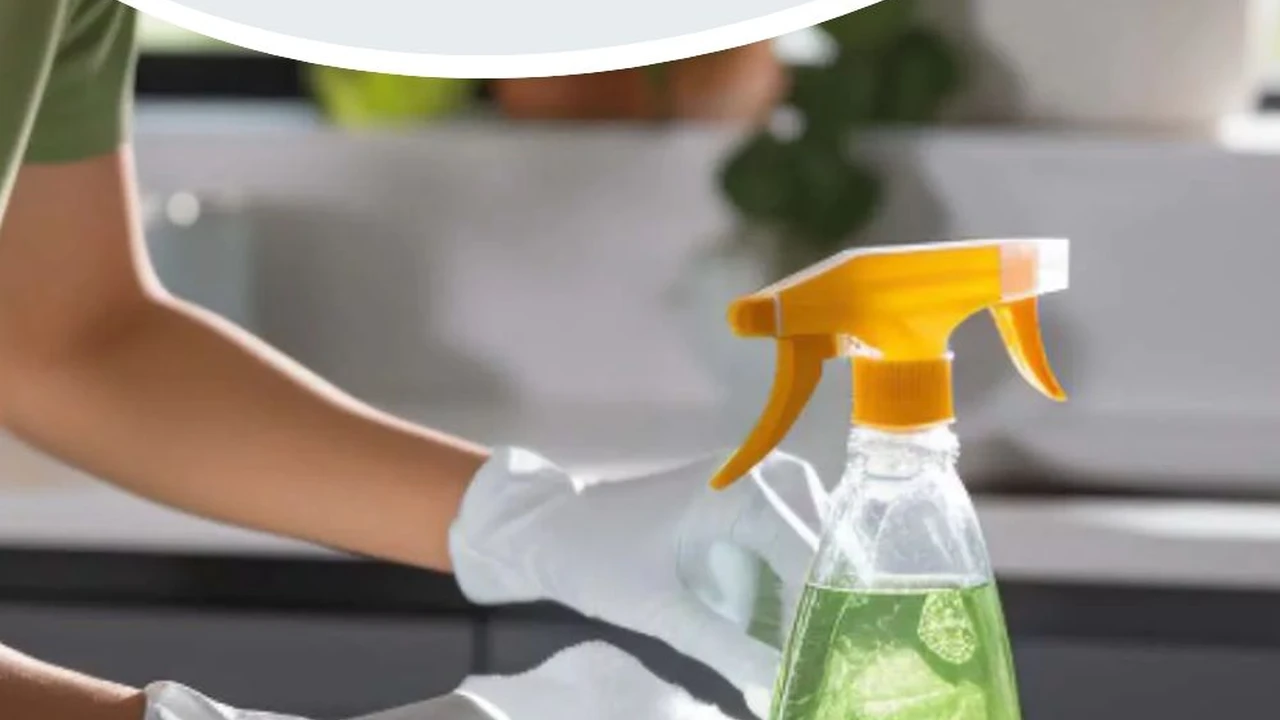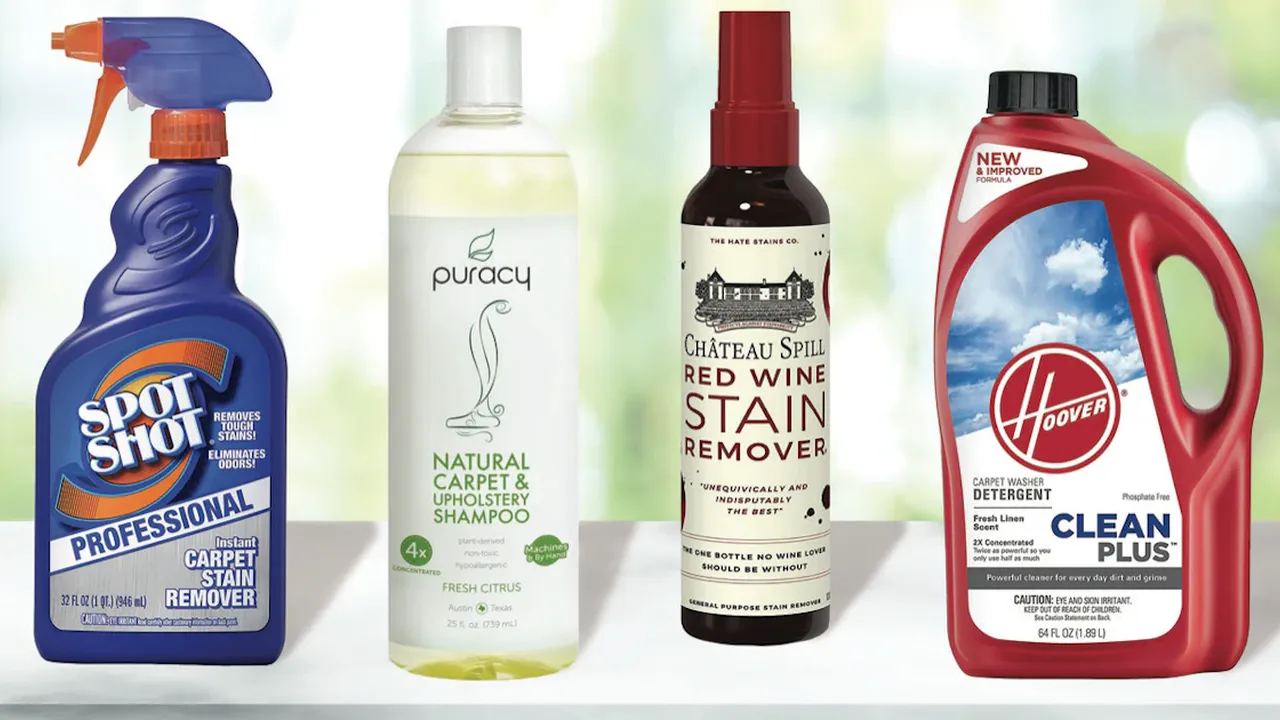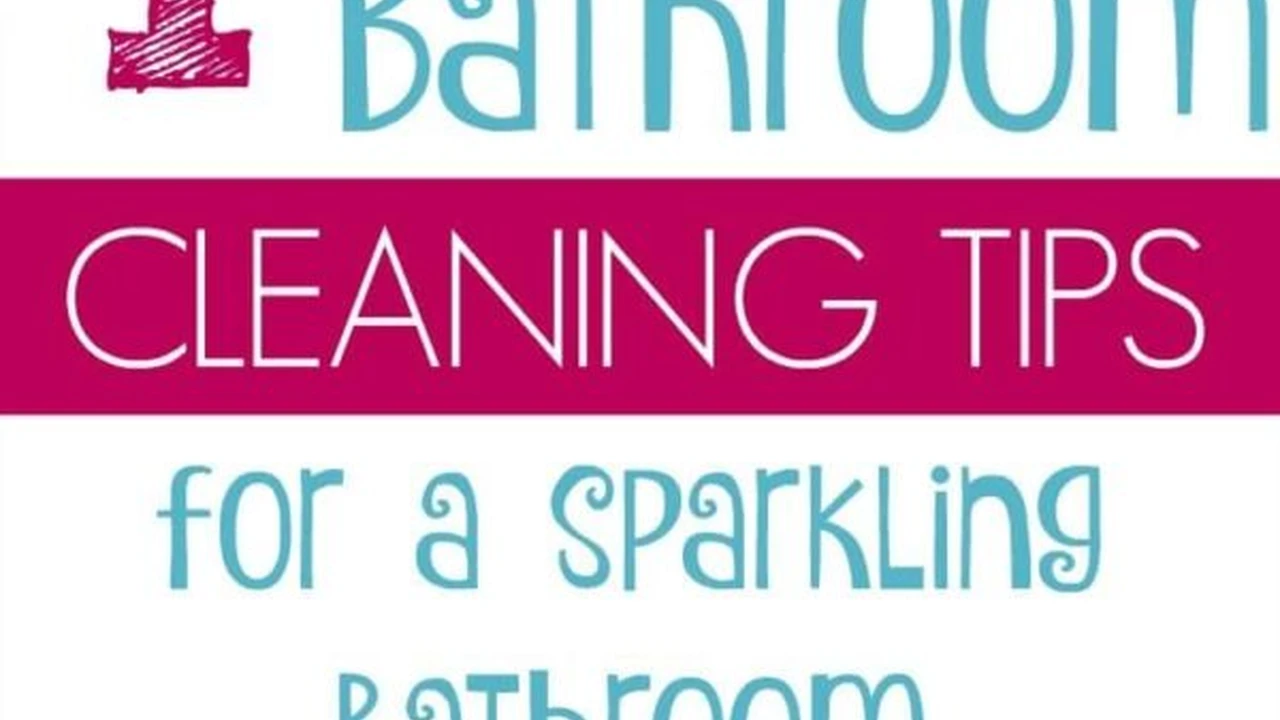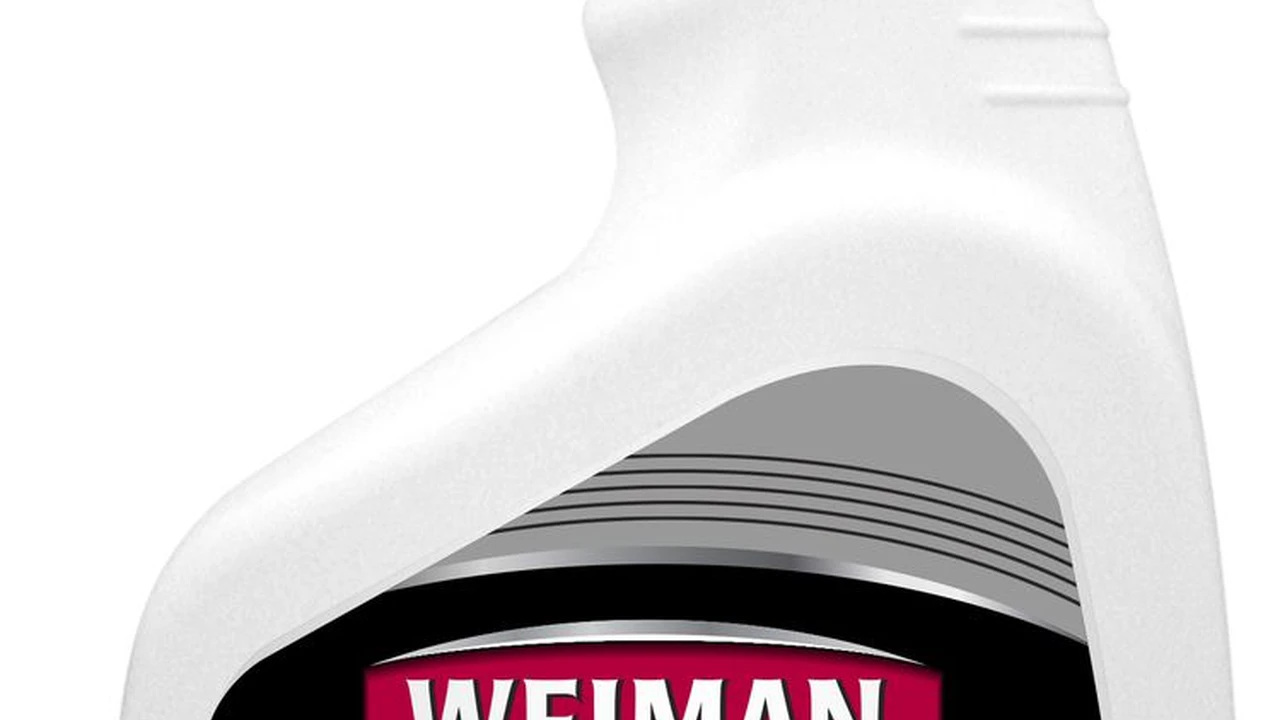Cleaning Tips for Allergy Sufferers: Reducing Allergens

Understanding Allergens in Your Home The Key to Allergy Relief
So, you're sneezing, itching, and generally feeling miserable? Allergies are no fun, and often, the biggest culprit is right inside your own home. Dust mites, pet dander, pollen, mold spores – these little guys are the usual suspects. Understanding where they lurk and how to tackle them is half the battle. Think of your home as a battlefield, and these allergens are the enemy. We're going to equip you with the right weapons – cleaning tips and tricks – to win this war!
First things first, let's talk about what exactly these allergens are. Dust mites are microscopic creatures that thrive in bedding, carpets, and upholstered furniture. They feed on dead skin cells (gross, I know!). Pet dander is tiny flecks of skin shed by animals with fur or feathers. Pollen, well, you know pollen – it's that yellow stuff that makes your car look like it's been dusted with Cheeto powder. Mold spores are everywhere, but they love damp environments like bathrooms and basements.
Now that we know our enemy, let's figure out where they're hiding. Bedding is a huge hotspot for dust mites. Carpets and rugs are allergen magnets. Upholstered furniture, especially older pieces, can harbor years' worth of dust and dander. Bathrooms and kitchens are breeding grounds for mold. And don't forget about your air ducts – they can circulate allergens throughout your entire house!
Dust Mite Domination Strategies Eliminating Dust Mites in Your Bedroom
Bedding is ground zero for dust mite infestations. So, what's the plan of attack? Start with your mattress. Invest in a hypoallergenic mattress cover. These covers are designed to prevent dust mites from penetrating the mattress. Wash your bedding – sheets, pillowcases, blankets – at least once a week in hot water (at least 130°F or 54°C). This kills dust mites dead. Consider replacing your pillows every year or two, as they can accumulate a lot of dust mites over time. If you have down pillows or comforters, make sure they are washable or dry-cleanable.
Beyond bedding, think about your bedroom décor. Carpets are dust mite havens. If possible, replace carpets with hard flooring like wood, tile, or laminate. If you can't get rid of the carpet, vacuum it frequently – at least twice a week – with a vacuum cleaner that has a HEPA filter. HEPA filters trap even the tiniest particles, preventing them from being recirculated back into the air. Consider using area rugs that can be easily washed. Keep clutter to a minimum. The less stuff you have in your bedroom, the less dust will accumulate.
Product Recommendation: The AllerEase Ultimate Mattress Protector is a great, budget-friendly option for protecting your mattress from dust mites and other allergens. It's waterproof, hypoallergenic, and machine washable. You can find it at most major retailers for around $30-$50, depending on the size. Another option is the National Allergy Brand AllergyCare Cotton Mattress Encasement, which is a bit pricier (around $80-$120), but offers a higher level of protection and is made from organic cotton.
Pet Dander Defense Tips for Homes with Furry Friends
Love your pets, but hate the allergies they bring? You're not alone! Even if you're not *allergic* to your pet, dander can still irritate your sinuses. The key is to manage pet dander effectively. Regular grooming is crucial. Brush your pet frequently – ideally outdoors – to remove loose fur and dander. Bathing your pet regularly (once a week or every other week) can also help reduce dander. Use a pet-specific shampoo that is designed to be gentle on their skin.
Designate pet-free zones in your home, especially the bedroom. This gives you a safe haven where you can escape from allergens. Use air purifiers with HEPA filters in rooms where your pets spend a lot of time. These purifiers will help remove pet dander from the air. Vacuum frequently with a HEPA filter vacuum cleaner, paying special attention to areas where your pets like to hang out. Consider using a damp cloth to wipe down surfaces, as this can help pick up dander that vacuuming might miss.
Product Comparison: When it comes to air purifiers for pet dander, there are a lot of options. The Levoit Core 300S is a popular choice for smaller rooms. It's relatively inexpensive (around $100) and has a three-stage filtration system, including a HEPA filter. For larger spaces, consider the Blueair Blue Pure 211+ Auto. It's more expensive (around $250), but it can clean a larger area and has a washable pre-filter for removing larger particles like pet hair. The Dyson Purifier Cool Formaldehyde is a premium option (around $600-$800) that not only removes allergens but also filters out formaldehyde and other harmful gases. It also has a built-in fan.
Pollen Patrol Keeping Pollen Out of Your Indoor Sanctuary
Pollen is a seasonal allergy trigger, but you can minimize its impact on your indoor air quality. Keep windows and doors closed during peak pollen seasons. Use air conditioning instead of opening windows. Change your air filters regularly – at least every three months, or more often if you have severe allergies. Consider using a pollen filter in your car's air conditioning system.
When you come inside, take off your shoes and change your clothes. This prevents you from tracking pollen into your house. Shower and wash your hair to remove any pollen that may have accumulated on your body. Wipe down surfaces regularly to remove pollen that may have settled.
Usage Scenario: Imagine it's spring, and the pollen count is through the roof. You've been outside gardening, and you're feeling the allergy symptoms kicking in. The first thing you should do when you come inside is to remove your shoes and leave them by the door. Then, head straight to the shower to wash off any pollen. Put your clothes in the washing machine immediately. Finally, close all the windows and turn on the air purifier. This will help minimize your exposure to pollen and alleviate your allergy symptoms.
Mold Mitigation Mastering Mold Removal and Prevention
Mold thrives in damp environments, so controlling moisture is key to preventing mold growth. Fix any leaks in your roof, plumbing, or windows. Use exhaust fans in bathrooms and kitchens to remove moisture. Clean up spills immediately. Keep humidity levels in your home below 50%. You can use a dehumidifier to help control humidity.
If you find mold, clean it up immediately. Small areas of mold can be cleaned with a mixture of bleach and water (1 part bleach to 10 parts water). Wear gloves and a mask when cleaning mold. For larger areas of mold, you may need to hire a professional mold remediation service.
Specific Product Recommendations: For small mold cleanup, consider using Concrobium Mold Control. It's a non-toxic, EPA-registered mold control solution that can be used on a variety of surfaces. It's available at most hardware stores for around $15-$20 per bottle. For controlling humidity, the Frigidaire FFAD5033W1 50-Pint Dehumidifier is a reliable option. It can remove up to 50 pints of moisture per day and has a built-in humidistat to automatically maintain your desired humidity level. It's priced around $200-$250.
Vacuuming Virtuosity Selecting the Right Vacuum for Allergy Sufferers
Not all vacuums are created equal when it comes to allergy relief. You absolutely *need* a vacuum cleaner with a HEPA filter. HEPA filters trap tiny particles like dust mites, pollen, and pet dander, preventing them from being recirculated back into the air. Look for a vacuum cleaner that is sealed, meaning that air doesn't leak out around the filter. Consider a vacuum cleaner with a bag, as this makes it easier to dispose of the collected dust and allergens without releasing them back into the air. Avoid vacuums with beater bars if you have hard floors, as these can scratch the surface.
Product Comparison: The Dyson V15 Detect Cordless Vacuum is a top-of-the-line option for allergy sufferers. It's cordless, lightweight, and has a HEPA filter. It also has a laser that illuminates dust and debris, making it easier to see what you're vacuuming. It's expensive (around $700-$900), but it's a powerful and effective vacuum cleaner. The Shark NV360 Navigator Lift-Away Deluxe Upright Vacuum is a more affordable option (around $200). It has a HEPA filter and a lift-away canister for cleaning hard-to-reach areas. The Miele Classic C1 Pure Suction Canister Vacuum is a bagged vacuum cleaner with a HEPA filter. It's known for its powerful suction and excellent filtration. It's priced around $400-$500.
Air Purification Powerhouses Choosing the Best Air Purifier for Your Needs
Air purifiers can be a game-changer for allergy sufferers. They work by removing allergens and other pollutants from the air. Look for an air purifier with a HEPA filter. HEPA filters are the gold standard for removing allergens. Consider the size of the room you want to purify. Air purifiers are rated by their Clean Air Delivery Rate (CADR), which indicates how quickly they can clean a room. Choose an air purifier with a CADR that is appropriate for the size of your room. Look for an air purifier that is quiet. Some air purifiers can be quite noisy, which can be disruptive.
Product Details: The Coway Airmega 400S Smart Air Purifier is a popular choice for larger rooms. It has a HEPA filter and a pre-filter for removing larger particles. It also has a smart mode that automatically adjusts the fan speed based on the air quality. It's priced around $500-$600. The Winix 5500-2 Air Purifier is a more affordable option that is suitable for medium-sized rooms. It has a HEPA filter, a carbon filter for removing odors, and a PlasmaWave technology that neutralizes pollutants. It's priced around $200-$250.
Laundry Logistics Washing Away Allergens from Your Clothes and Linens
Washing your clothes and linens regularly is essential for removing allergens. Wash your bedding at least once a week in hot water (at least 130°F or 54°C). Use a hypoallergenic laundry detergent. Avoid fabric softeners, as they can irritate sensitive skin. Dry your clothes in a hot dryer to kill any remaining dust mites.
Usage Example: After a long day outside during pollen season, strip off your clothes as soon as you get home and toss them directly into the washing machine. Use a hypoallergenic detergent like All Free Clear or Tide Free & Gentle. Set the water temperature to hot and the dryer to high heat. This will help remove pollen and dust mites from your clothes.
Surface Sanitization Wiping Out Allergens from Hard Surfaces
Wipe down hard surfaces regularly with a damp cloth to remove allergens. Use a hypoallergenic cleaning solution. Avoid using harsh chemicals, as they can irritate sensitive skin. Pay special attention to areas where dust and allergens tend to accumulate, such as countertops, tables, and shelves.
Product Recommendations: Method All-Purpose Cleaner is a plant-based cleaning solution that is safe for use around people and pets. It's available in a variety of scents and is priced around $3-$5 per bottle. Seventh Generation All-Purpose Cleaner is another plant-based option that is free of harsh chemicals. It's priced around $4-$6 per bottle.
Regular Maintenance The Key to Long-Term Allergy Control
Consistency is key when it comes to allergy control. Make cleaning a regular part of your routine. Don't let dust and allergens accumulate. Regularly inspect your home for signs of mold or moisture damage. Address any problems immediately. Consider hiring a professional cleaning service to deep clean your home on a regular basis.
By following these cleaning tips and tricks, you can create a healthier and more comfortable home environment for yourself and your family. Remember to be consistent with your cleaning routine and to address any problems promptly. With a little effort, you can significantly reduce allergens in your home and breathe easier.
:max_bytes(150000):strip_icc()/277019-baked-pork-chops-with-cream-of-mushroom-soup-DDMFS-beauty-4x3-BG-7505-5762b731cf30447d9cbbbbbf387beafa.jpg)






